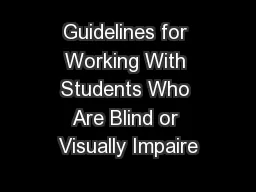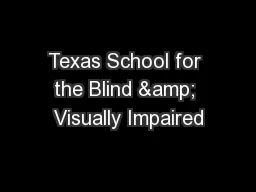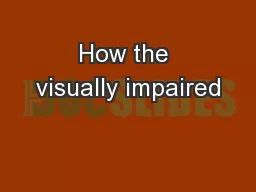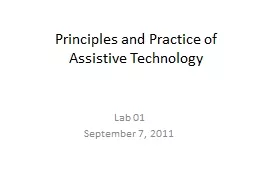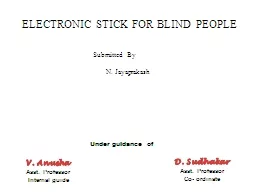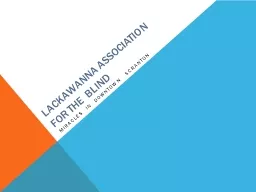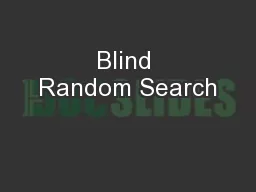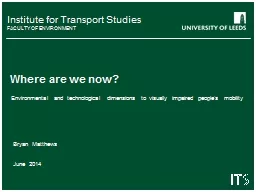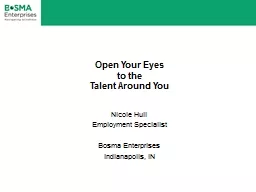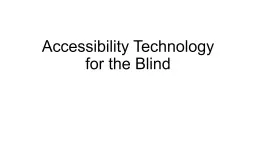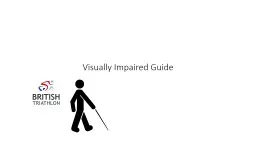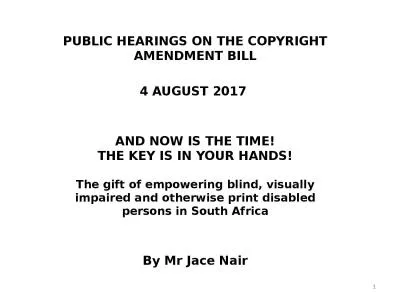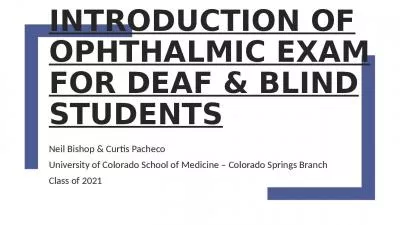PDF-Guidelines for Working With Students Who Are Blind or Visually Impaire
Author : kittie-lecroy | Published Date : 2015-12-03
i 2010 Guidelines for Working with Students Who Are Blind or Visually Impaired in Virginia Public SchoolsVirginia Department of Education Ofx00660069ce of Special Education and Student ServicesGui
Presentation Embed Code
Download Presentation
Download Presentation The PPT/PDF document "Guidelines for Working With Students Who..." is the property of its rightful owner. Permission is granted to download and print the materials on this website for personal, non-commercial use only, and to display it on your personal computer provided you do not modify the materials and that you retain all copyright notices contained in the materials. By downloading content from our website, you accept the terms of this agreement.
Guidelines for Working With Students Who Are Blind or Visually Impaire: Transcript
Download Rules Of Document
"Guidelines for Working With Students Who Are Blind or Visually Impaire"The content belongs to its owner. You may download and print it for personal use, without modification, and keep all copyright notices. By downloading, you agree to these terms.
Related Documents

